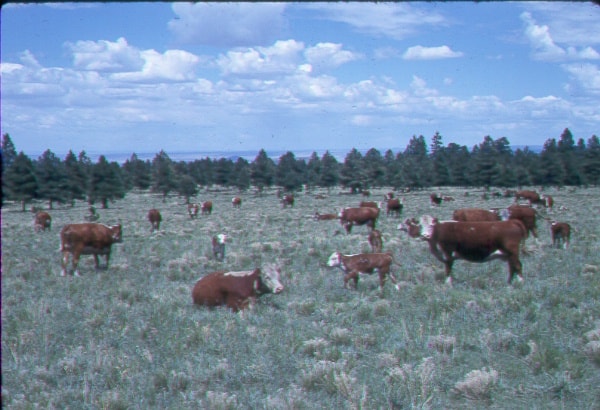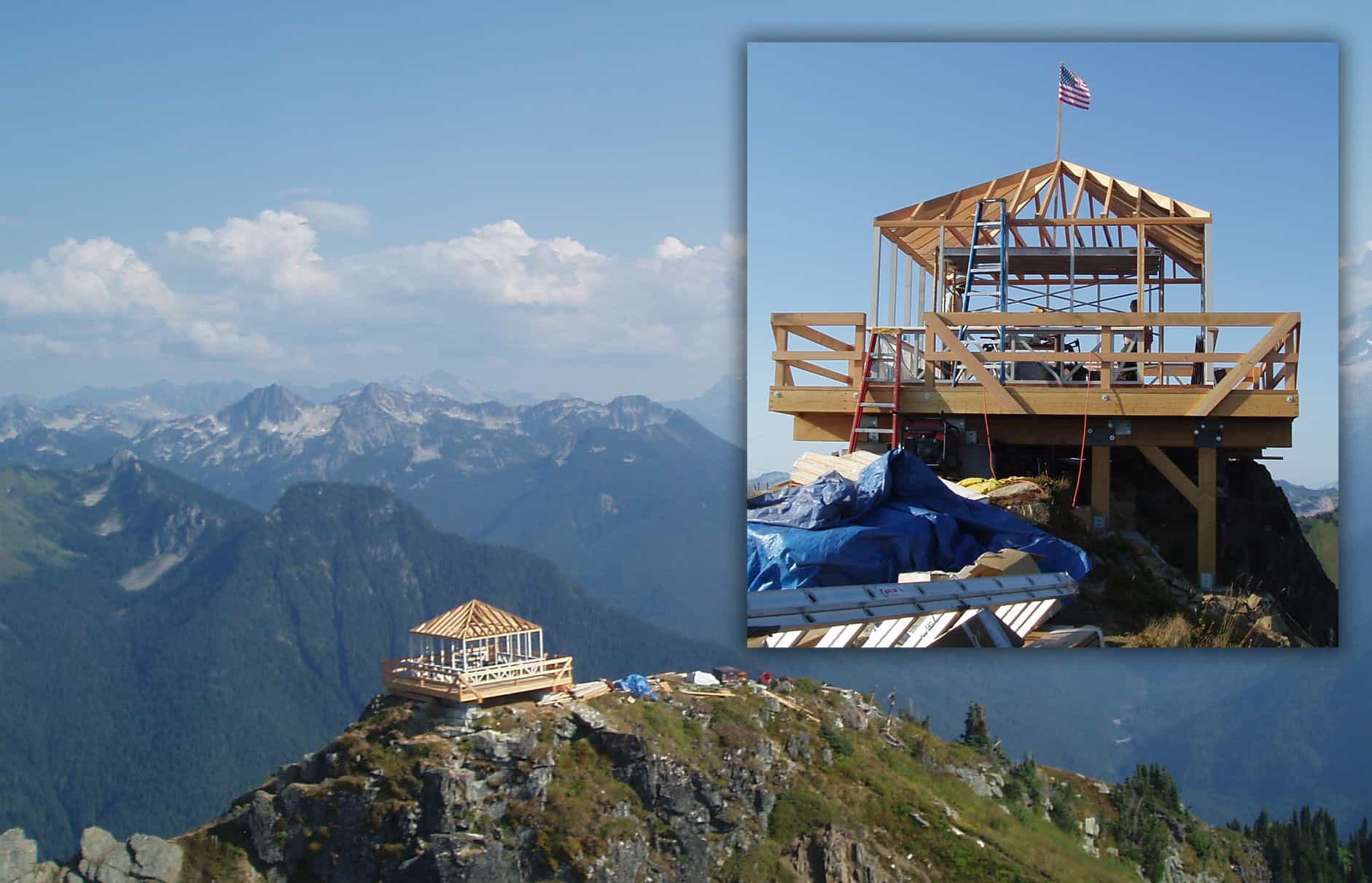
This cartoon is from Stu’s Views and used with his permission.
This post is another on some of the advantages and disadvantages of use of litigation in resolving environmental conflicts, and so let me clearly reiterate my position. I am not anti environmental law. I am not against the use of courts to decide when the government breaks the law. I do think we could have better and cheaper quality control on government decisions and documents than appeals and litigation. I am for consideration of different ways to reach desirable policy outcomes, as well as the costs and benefits (as well as opportunity costs) of each approach. I would argue that the courtroom is not always the best place to resolve policy or environmental disputes, for a variety of reasons, and I will try to describe these reasons through a series of posts as time permits.
When people litigate the Forest Service, the case is defended by the Department of Justice. So the discussions tend to be between the Forest Service, the Office of General Counsel, the plaintiffs and the Department of Justice. You can see an opportunity for a conflict concerning a certain project in a certain geographic area, where the public has weighed in throughout the NEPA process, to be effectively decided (through settlement) by individuals, mostly attorneys, who see the project through the legal lens.
In my observation, people bring different lenses through which they see environmental disputes. Let’s take a grazing case. There are the local professional lenses of the range conservationist and the local wildlife biologists, there are the local community lenses, the lenses of different scientific disciplines, and the lenses of different lawyers. By restricting the ultimate decision to those who look at the world through the legal lenses, I would argue that you restrict the choices of dispute resolution by leaving out potential solutions only visible to those with other lenses than legal.
Now, I am not saying that anyone’s lens is individually “correct.” It is like the old story of the blind man and the elephant. The elephant both is, and is more than, the sum of all the people feeling the tusk, the foot, and the ear. But any effort to feed an elephant would not work unless someone were aware of its mouth.
But that is just my observation, and my data points are fairly restricted. Let’s look at what Jack Ward Thomas, the former Chief has to say about this.
These quotes are from the 2004 book “Jack Ward Thomas: the Journals of a Forest Service Chief. Thanks to Matt, I found it on Googlebooks here and at least part of the book can be searched.
Unfortunately, I couldn’t copy it, so had to retype. Any other ideas out there to obviate retyping would be appreciated, and any mistakes are solely mine.
P 132
One of the most stunning facts that I have learned over the past year is that, in its ability to independently determine whether or not to proceed with any legal activity, the Department of Justice wields the greatest capacity to set policy of any agency of the government. I naively assumed that the chief of the Forest Service made the decision as to whether to pursue a court action. Not even the undersecretary or the secretary makes those decisions. Such can merely request and suggest. The Department of Justice decides- the agency can proprose and the Department of Justice disposes. That power is not well understood even by students of the internal workings of government. If the policy-setting power of the lawyers in the Department of Justice were well understood, I don’t think anybody- Congress, the persons affected, or politically appointed agency administrators- would appreciate that fact.”
P 232
“In my opinion, and those of my legal advisers, the proposed agreement contained three real clunkers to which we strenuously objected. The Department of Justice is, in my opinion, almost always too eager to settle legal actions, particularly when plaintiffs are of the environmental persuasion. It was a shock to my system to find that the Department of Justice does not consider the Forest Service a client. They have little concerns as to the desires of the Forest Service or any other agency. They set their own course and in doing so are de facto setters of policy. Somehow that seems to be a serious flaw in the system. But for now, at least, it is the system.
So that was JWT’s view. For my smaller sample, I see that DOJ is willing to settle, at least in part, because that is how their work is incentivized. When we quantify performance (one of my pet peeves, albeit possibly a necessary evil) we sometimes look for what we can observe (cases settled) rather than what is a judgment call (excellence in policy outcomes). What we incentivize is ultimately what we get, for good or ill.
Most cases I see are brought by environmental groups, so we don’t have to go any farther than incentives and the proportion of cases to explain the behavior that Chief Thomas takes issue with.
In response to Martin’s previous point in a comment here :
“why does industry use of litigation not get nearly as much attention in the context of the ESA? I bet a majority of the active ESA cases right now, or in the recent past, are industry-based challenges trying to undo critical habitat designations.”
I think that this is a difference between looking at the overall issue of “ESA and the courts” compared to “FS cases that invoke ESA.”
In the family of cases that most Forest Service people see, most NEPA/NFMA/ESA cases are brought by environmental groups. Other litigation tends to be around round lands or water rights issues and also settles disputes, but they tend to be more overtly legal disputes, and not so much land use/allocation/practice disputes.
The latter kinds of disputes are the ones where one might argue that a broader range of public interests should play a role in the resolution of the conflict. To summarize, then, by determining the solution to land use conflicts through settlement, we may be missing certain points of view that could lead to better policy outcomes. There may also be a concern about the public being involved in decisions about the management of public land at these points, but I will leave that for the political scientists.






